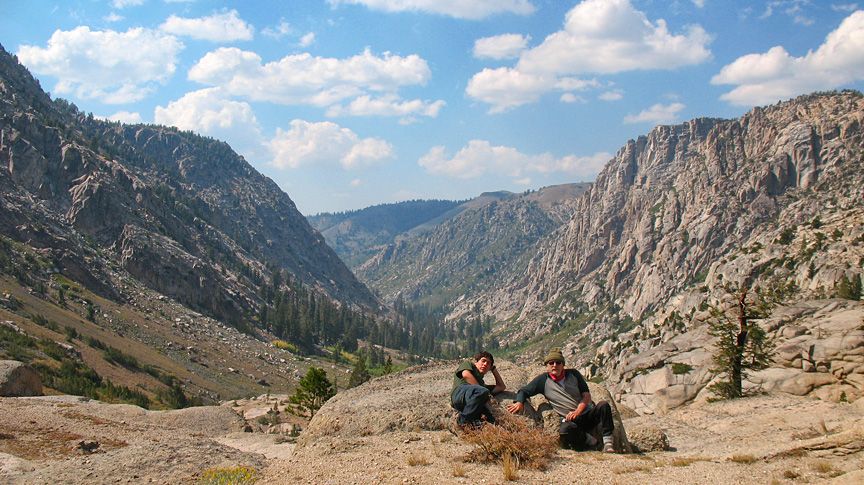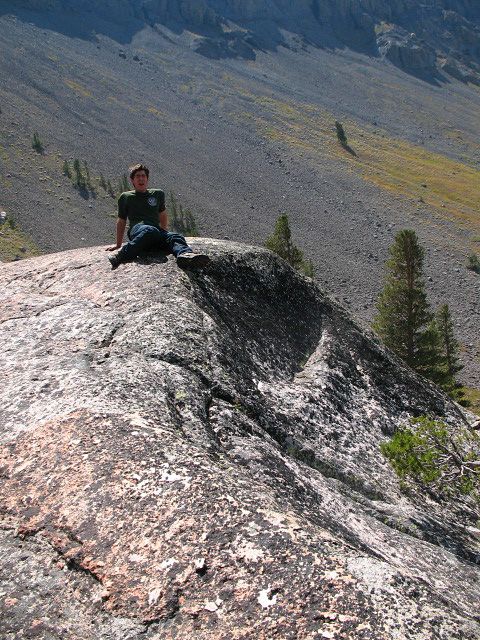Originally posted by Bwana_John
| Quote: |
The moraines in the eastern sierras are clearly visible but I don't seem then in Yosemite
|
Because of the rain shadow caused by the Sierra Nevada the east side has much less vegetation than the wetter west side. The abundance of plants on
the west side tends to hide glacial features under vegetation.
The sierra block is also tilted to the west, making the east sides drainage's much shorter and steeper which tends to amplify alpine glacial
topography.
Moraines and glacial till are material that is deposited by moving ice, and are unsorted, unstratified deposits. (boulders, cobbles, pebbles, sand,
everything that the glacier quarried dumped by the ice with no sorting)
Moraines are defined by their relationship to the glacier; lateral moraines are deposited at the sides of the glacier where the ice moves the slowest,
terminal moraines are deposited at the farthest the glacier advanced, recessional moraines are formed by periods of climatic stability as the glacier
retreats. Medial moraines are formed in the middle of the valley where two glaciers and their two corresponding lateral moraines merge.
Terminal moraines and recessional moraines tend to form "dams" as the material is deposited across the valley at the snout of the glacier as it
retreats. (If the glacier advances, these moraines are destroyed as the glacier advances over it)
These "dams" over time form lakes, these lakes over time fill up with sediment and become meadows.
One of the easiest of these meadows in Yosemite Valley to see is the El Cap meadow, here is a paper describing how the moraine was restored in the
90's after being intentionally breached in the late 1800's
Restoration of El Capitan Moraine
Here is a very good paper on Sierra Glaciation which should answer most of your questions in more depth.
USGS GLACIATION OF THE SIERRA NEVADA
USGS POSTGLACIAL HISTORY OF THE YOSEMITE VALLEY
[Edited on 9-17-2013 by Bwana_John] |





